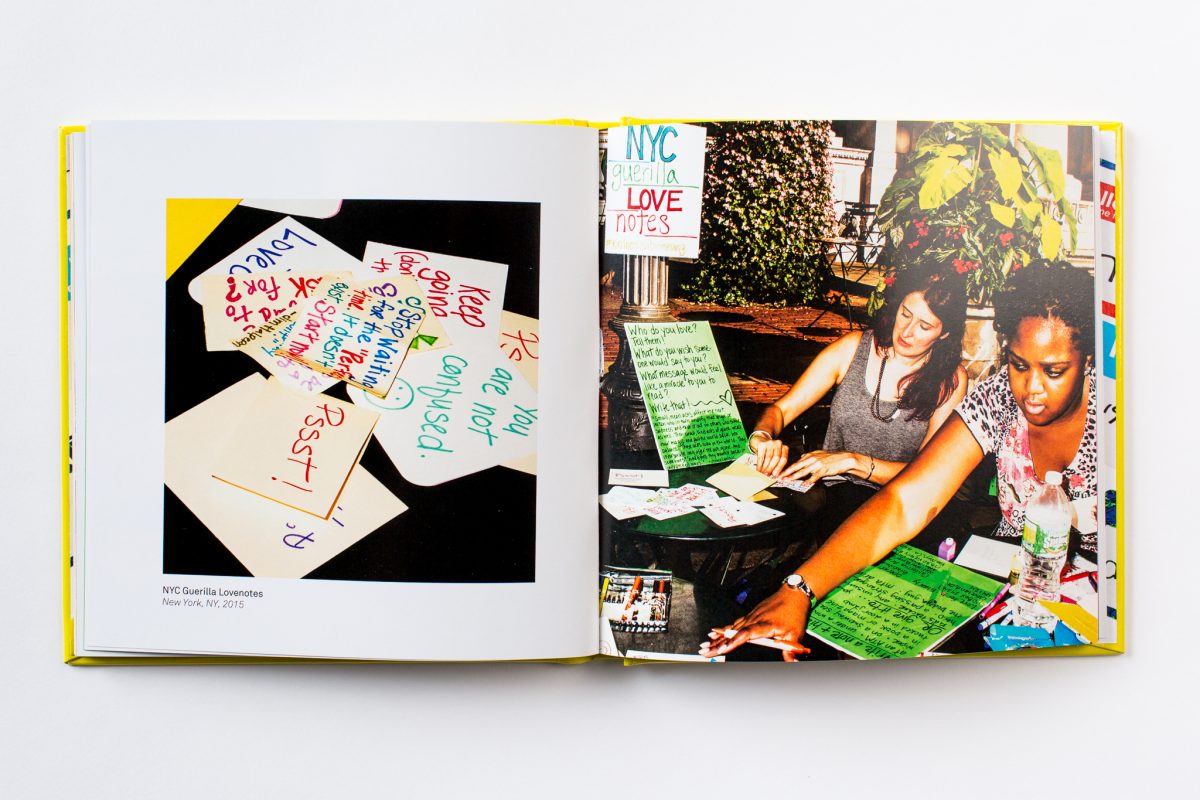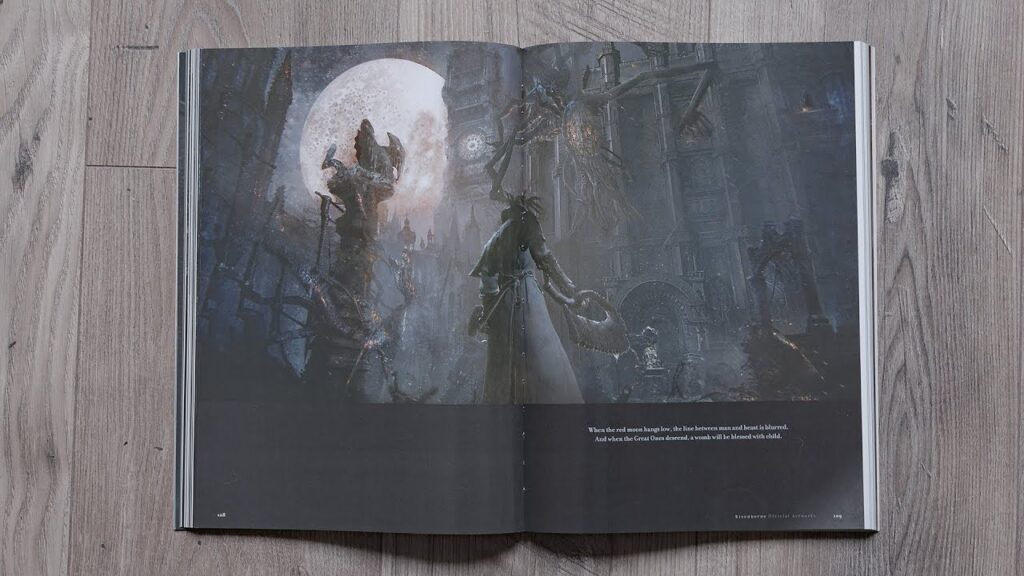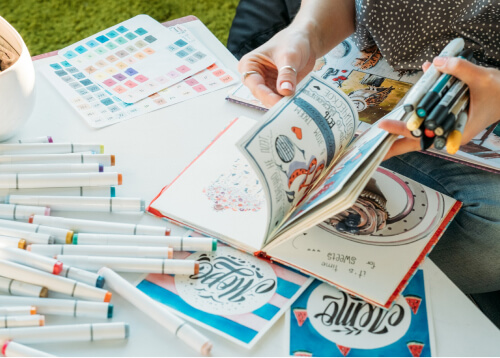How to Prepare Professional Files for an art book Project
How to Prepare Professional Files for an art book Project
Blog Article
Comprehending the Process Behind High-Quality Art Book Printing for Art Fanatics
When it concerns high-quality art book printing, recognizing the intricacies of the process can elevate your recognition for the final item. You might not understand exactly how essential paper choice and ink choices are to the vibrancy of artwork. Each component plays a considerable role in attaining the desired impact. As you explore the different parts of art book printing, you'll uncover understandings that can transform your viewpoint on art preservation and discussion.
The Relevance of Paper Selection in Art Book Printing
When it involves art book printing, the option of paper can make or damage the last item. You want your artwork to shine, and the ideal paper boosts shade vibrancy and information. Think about aspects like weight, appearance, and coating; these elements considerably impact exactly how visitors view your job.
For example, a larger supply conveys quality and sturdiness, while a textured surface can add depth to pictures. Smooth paper is outstanding for in-depth recreations, enabling fine lines and subtle shades to appear crisp.
Don't ignore the paper's brightness; a brighter sheet can assist shades pop, making your art a lot more eye-catching. You'll additionally desire to assume concerning exactly how the paper engages with inks and whether it can manage the printing process without contorting or bleed-through. Eventually, choosing the best paper sets the phase for your art, guaranteeing it catches the audience's attention equally as you imagined.
Selecting the Right Inks for Dynamic Reproductions
Picking the ideal inks is equally as important as selecting top quality paper to accomplish dynamic reproductions in your art book. When you're publishing art work, you want shades that stand out and accurately stand for the initial piece. Decide for inks with a high pigment focus; these tend to create richer and much more saturated colors.
You could think about using archival inks, which resist fading gradually, ensuring your art book stays as striking as the day it was published. If you're working with pictures or digitally developed art, pigment-based inks can offer a bigger color range, enhancing detail and deepness.
Do not neglect regarding the finish! Matte and glossy inks can significantly modify the appearance of your artwork, so consider the look you're aiming to attain - art book. Ultimately, the ideal ink selection complements your paper selection, creating a stunning visual experience for your visitors
The Duty of Shade Management in Publish Quality
Color administration plays an important function in attaining high print top quality for your art book. It ensures that the colors you see on your screen translate accurately to the printed web page. Without efficient shade administration, your vivid artworks might appear boring or altered, threatening your creative vision.
To start, calibrate your screen regularly. This step assists preserve constant shade depiction. Next off, utilize shade profiles tailored for your printer and paper type. These profiles guide the printer in recreating colors precisely, minimizing inconsistencies in between electronic and published variations.
When you prepare your data, think about using a color space like Adobe RGB or CMYK, depending on your printer's requirements. Constantly proof your work, also; an examination print can reveal any possible shade problems before the last run. By prioritizing color monitoring, you secure the stability of your art, guaranteeing your target market experiences it as you meant.

Recognizing Various Binding Techniques
Attaining the excellent search for your art book exceeds color management; binding strategies also play a substantial function in its total presentation and durability. You have numerous options to examine, each with its own distinct attributes.
If you're aiming for a professional feel, case binding uses a sturdy choice with a tough cover, ideal for showcasing your art work. On the other hand, ideal binding gives a flexible spine while keeping expenses down, making it a preferred choice for softcover books.
Spiral binding enables your art book to lay level, which is terrific for presenting images without obstruction. Meanwhile, saddle sewing is optimal for smaller sized booklets, giving a clean coating without the mass.
Eventually, the binding method you pick need to reflect your artistic vision and exactly how you want visitors to involve with your work. See to it to evaluate these choices meticulously to attain the best outcome for your project.
The Impact of Print Size and Layout on Presentation
While the option of print size and design may seem additional to web content, they substantially affect just how your art work is regarded. that site The dimensions of your prints can either boost or diminish the impact of your items. Bigger prints can attract visitors in, permitting them to value complex details, while smaller sized layouts may need more intimate interaction.

Conservation Strategies for Long-lasting Art Books
To more guarantee your art publications stand the test of time, it's vital to implement efficient preservation methods. Usage acid-free storage boxes or protective sleeves to secure them from dust and physical damage.
When managing your publications, always wash your hands or put on cotton gloves to prevent oils and dust transferring onto the pages. Stay clear of flexing or creasing the spinal columns; rather, make use of book supports when showing them.
For included protection, think about purchasing archival-quality materials for any kind of repairs or improvements. Regularly inspect your collection for indicators of wear or damages, addressing problems immediately. By adhering to these simple techniques, you can assure your art publications stay dynamic and accessible for years ahead, protecting their elegance and value for future generations.
Collaborating With Printers for Optimal Results
When you prepare to print your art book, selecting the best printer is necessary to attaining your vision. Clear interaction concerning your assumptions and requirements will certainly aid ensure that both you and the printer get on the same web page. Allow's discover just how to make this cooperation as smooth and efficient as possible.
Selecting the Right Printer

Effective Interaction Approaches
Effective communication is necessary for transforming your art book vision into reality, particularly when teaming up with printers. art book. Beginning by clearly outlining your project's goals, consisting of layout components, preferred materials, and any particular printing methods. Do not wait to share your ideas and references; this helps the printer understand your visual
Be open to comments, as printers often have useful understandings that can improve your task. This partnership will guarantee that your art why not look here book satisfies your expectations and beams in its last type.
Often Asked Concerns
What Are Usual Errors to Avoid in Art Book Printing?
When publishing your art book, avoid usual mistakes like bad resolution images, wrong color profiles, and overlooking page layout. Do not fail to remember to check and double-check details to validate your end product meets your expectations.
Just How Does Digital Printing Differ From Traditional Printing Techniques?
Digital printing uses electronic files to create prints straight, permitting for quicker turn-around and modification. On the other hand, conventional methods include physical plates, which can be lengthy and less flexible for small runs or special layouts.
What Is the Common Turnaround Time for Art Book Printing?
The regular turnaround time for art book printing varies, yet you can expect it to take anywhere from a few weeks to numerous months. Factors like complexity, quantity, and printing approach all influence this timeline.
Can I Publish a Limited Edition Art Book Economically?
You can print a minimal edition art book economically by picking affordable materials, optimizing print runs, and utilizing electronic printing choices. Mindful planning and budgeting will help you achieve high quality without spending too much.
What Are the Ecological Factors To Consider in Art Book Printing?
When considering art book printing, you ought to think of environmentally friendly products, sustainable inks, and energy-efficient processes (art book). Choosing neighborhood printers can also reduce your carbon impact, making your task both stunning and environmentally liable
Report this page